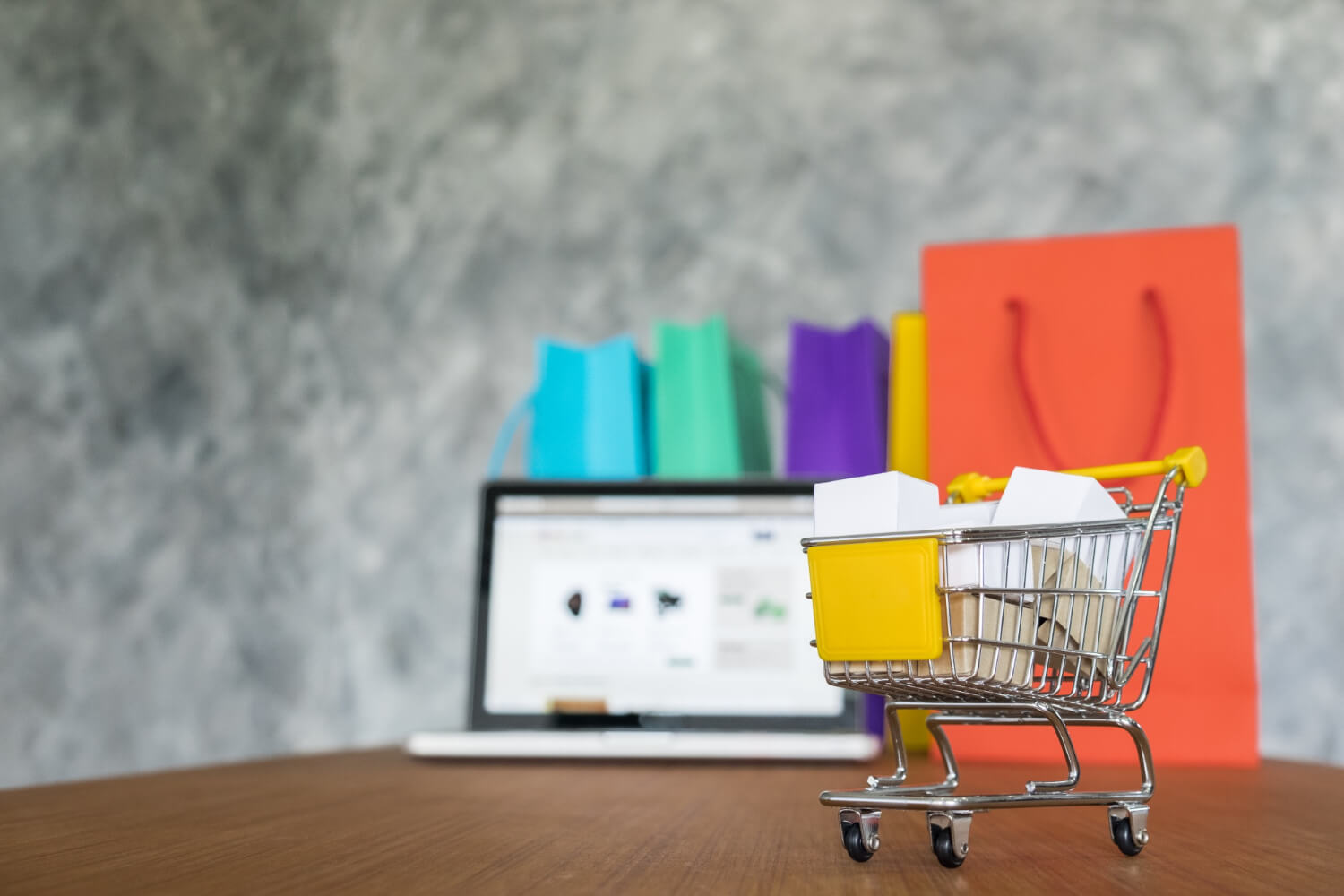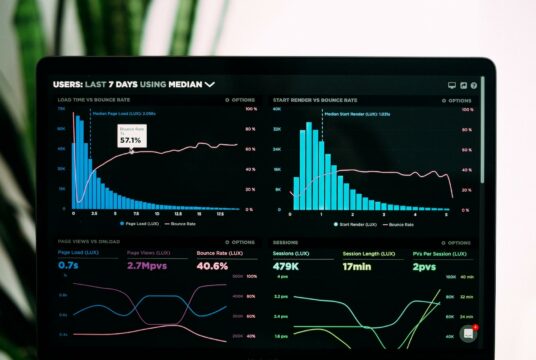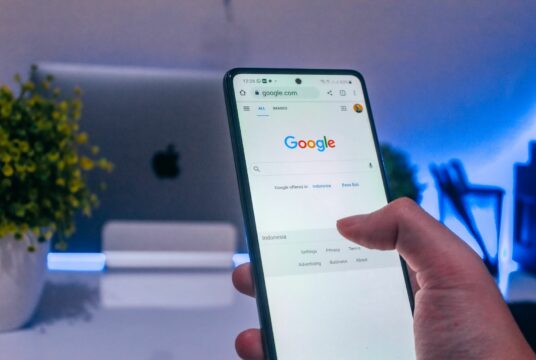In the competitive landscape of e-commerce, where digital shelves are as crucial as physical ones, mastering the art of Pay-Per-Click (PPC) advertising is paramount. PPC offers e-commerce businesses a powerful tool to drive sales, attract targeted traffic, and stay ahead in the online marketplace. In this comprehensive guide, we’ll explore successful PPC strategies tailored for e-commerce, with a focus on the role of Product Listing Ads (PLAs), remarketing, and dynamic ads in maximizing sales and ROI.
1. Crafting Irresistible Product Listing Ads (PLAs)
For e-commerce businesses, the visual appeal of products is a game-changer. PLAs, prominently displayed on search engine result pages, showcase your products with images, prices, and business names. To leverage PLAs effectively:
- Optimize Product Feeds: Ensure that your product data feed is accurate, comprehensive, and regularly updated. Include essential details such as product titles, descriptions, prices, and high-quality images.
- Strategic Keyword Targeting: Tailor your campaigns with specific keywords relevant to your products. Use negative keywords to filter out irrelevant traffic, ensuring that your budget is allocated to potential customers.
- Dynamic Remarketing: Implement dynamic remarketing to show personalized ads to users who have previously visited your website. Dynamic ads display products that users have viewed, creating a personalized shopping experience and increasing the likelihood of conversion.
- Utilize Ad Extensions: Enhance your PLAs with ad extensions like promotions, product ratings, and site link extensions. These extensions provide additional information and incentives, making your ads more compelling.
2. Dynamic Ads: Personalizing the Shopping Experience
Dynamic ads take personalization to the next level by dynamically generating ad content based on user behavior and preferences. For e-commerce, this means showcasing products tailored to individual users, maximizing relevance and engagement. Here’s how to make the most of dynamic ads:
- Dynamic Remarketing: Tailor your dynamic ads to users who have interacted with your website, viewed specific products, or abandoned their shopping carts. Showcasing the exact products a user has shown interest in significantly boosts the chances of conversion.
- Cross-Sell and Up-Sell Strategies: Use dynamic ads to implement cross-selling and up-selling strategies. Showcase complementary products or higher-tier options based on the user’s browsing and purchase history.
- Behavioral Targeting: Leverage behavioral data to target users with personalized recommendations. If a user has a history of browsing a particular category, use dynamic ads to highlight new arrivals or bestsellers within that category.
3. Remarketing: Nurturing Potential Customers
Remarketing is a powerful tool for re-engaging potential customers who have interacted with your website but haven’t made a purchase. Here’s how to leverage remarketing effectively:
- Segmented Lists: Create segmented remarketing lists based on user behavior. Segments can include users who visited specific product pages, abandoned shopping carts, or engaged with your site in different ways. Tailor your ads to each segment’s interests.
- Dynamic Remarketing for Abandoned Carts: Implement dynamic remarketing specifically for users who abandoned their shopping carts. Showcasing the exact products left behind, along with personalized incentives such as discounts or free shipping, can significantly recover potential sales.
- Sequential Remarketing: Design sequential remarketing campaigns that guide users through the sales funnel. Start with general brand awareness, then move on to showcasing specific products and promotions, and finally, encourage the completion of the purchase.
4. Seasonal Promotions and Timely Campaigns
E-commerce thrives on seasons, holidays, and special occasions. Aligning your PPC strategy with seasonal trends can yield substantial results. Consider the following tactics:
- Holiday-Specific Campaigns: Create dedicated PPC campaigns for major holidays and events. Tailor your ad copy and visuals to reflect the holiday spirit and incorporate exclusive promotions or discounts to entice shoppers.
- Flash Sales and Limited-Time Offers: Generate urgency and excitement with flash sales and limited-time offers. Use PPC to promote these time-sensitive deals, driving immediate action from potential customers.
- Ad Scheduling: Optimize your PPC campaigns with ad scheduling to align with peak shopping hours and days. Adjust bids during high-conversion periods to maximize visibility and capitalize on increased demand.
5. Mobile Optimization: Capturing On-the-Go Shoppers
With the rise of mobile commerce, optimizing your PPC campaigns for mobile users is non-negotiable. Consider the following strategies:
- Mobile-Friendly Ad Creative: Design ad creatives that are visually appealing and easy to navigate on mobile devices. Prioritize concise and compelling copy, high-quality images, and a seamless mobile experience.
- Location-Based Targeting: Leverage location-based targeting to reach users who are in close proximity to your physical stores or relevant locations. Tailor your ads to highlight nearby promotions or exclusive in-store offers.
- Mobile-Specific Extensions: Implement mobile-specific ad extensions, such as click-to-call or location extensions. These extensions enhance the mobile user experience and provide convenient options for immediate action.
Conclusion: Maximizing E-Commerce Success with PPC
In the dynamic world of e-commerce, where consumer behavior and market trends constantly evolve, PPC remains a cornerstone for driving sales. Partner with Omnireach Digital to implement tailored strategies such as optimizing PLAs, embracing dynamic ads, leveraging remarketing, aligning with seasonal trends, and prioritizing mobile optimization, so that e-commerce businesses can harness the full potential of PPC advertising. We stay agile, continuously analyze performance metrics, and adapt your PPC strategy to stay ahead of the competition and achieve sustained e-commerce success.
























